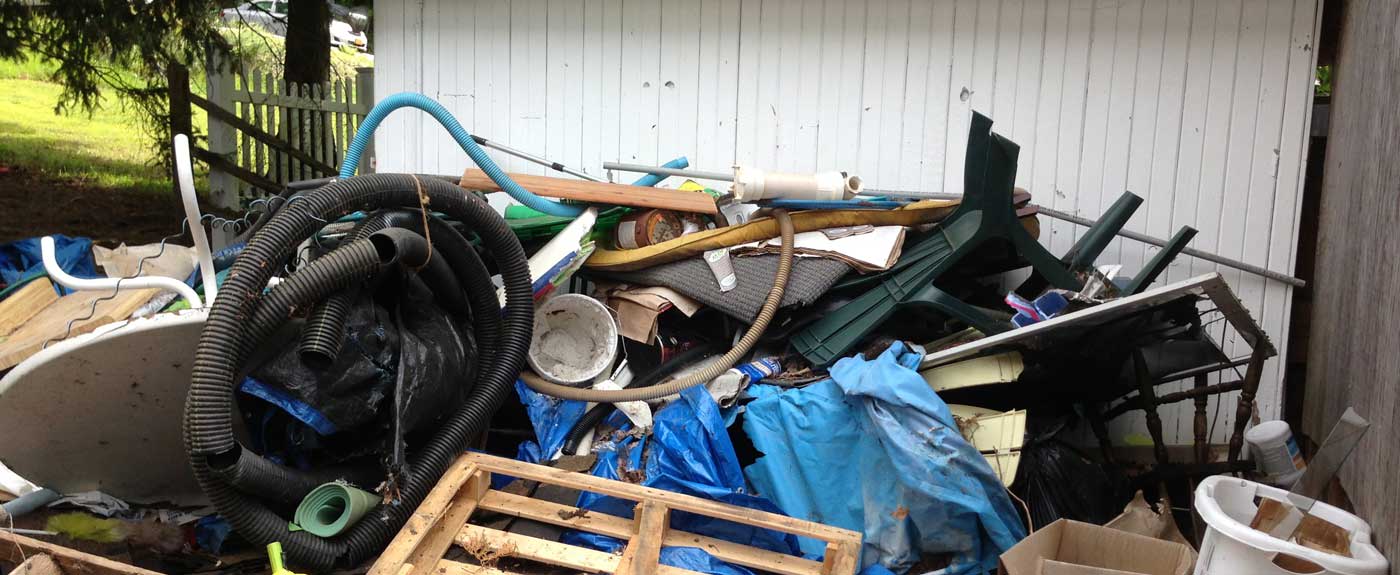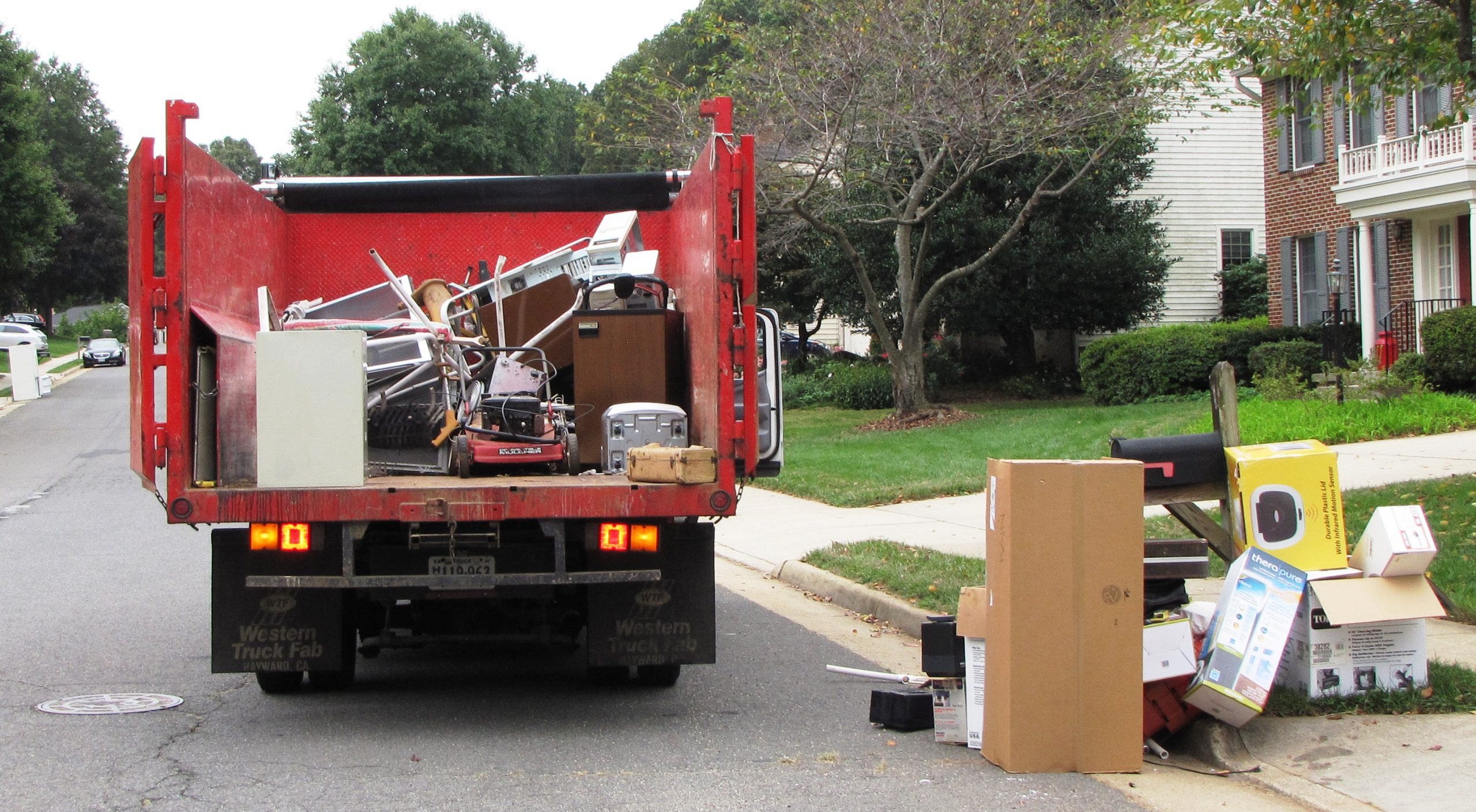Professional Waste Administration Strategies Tailored for Industrial Setup
Customizing waste management techniques to fit the one-of-a-kind demands of commercial setups is not simply valuable but necessary for keeping functional effectiveness and ecological sustainability. The mission for improved waste administration in industrial settings involves a meticulous method that balances regulative conformity, cost-effectiveness, and eco-friendly duty.
Value of Tailored Waste Administration
Tailored waste administration practices are crucial in commercial setups to enhance source use and lessen ecological influence. Industrial procedures produce a considerable amount of waste, ranging from strong by-products to chemical toxins, posturing a danger to the atmosphere if not managed successfully (Appliance removal Atlanta). By customizing waste monitoring methods to match the certain requirements and challenges of each commercial center, business can not just abide by policies but likewise enhance functional effectiveness and sustainability
One key facet of tailored waste monitoring is conducting a complete waste assessment to identify the kinds and volumes of waste generated. This evaluation enables firms to execute targeted solutions such as recycling programs, waste partition protocols, and waste-to-energy initiatives. By understanding the structure of their waste streams, industrial facilities can create affordable approaches to minimize waste generation at the source, bring about long-lasting ecological advantages.

Kinds of Hazardous Waste
What are the numerous categories of hazardous waste commonly generated in producing processes? Hazardous waste can be classified into a number of main classifications based on its structure and attributes. Unsafe waste is just one of one of the most important kinds, consisting of chemicals, solvents, heavy steels, and other materials that position a danger to human wellness or the setting. This category commonly requires special delivery and disposal approaches to avoid contamination and ensure safety and security.
Another usual kind of hazardous waste is non-hazardous waste, which incorporates products like paper, plastics, and packaging waste. While non-hazardous waste may not pose prompt risks, appropriate administration is still essential to lower garbage dump usage and advertise recycling and sustainability methods.

Hazardous Waste Handling Procedures
Effective management of contaminated materials in industrial settings necessitates strict adherence to established handling procedures to mitigate dangers and ensure environmental safety and security. Dangerous waste handling treatments entail numerous vital steps to decrease the potential effect on human wellness and the environment. First of all, appropriate recognition and categorization of dangerous waste are essential. This includes identifying the features of the waste to determine the proper handling, storage space, and disposal approaches.
Secondly, when identified, dangerous waste should be very carefully segregated from non-hazardous waste to stop contamination and make sure appropriate therapy. Storage space of contaminated materials need to conform with guidelines relating to containment, labeling, and compatibility to avoid leaks, spills, or other incidents that could jeopardize employees or the atmosphere.
Additionally, dealing with procedures ought to consist of making use of individual protective tools, staff member training, and emergency reaction protocols. Regular examinations, surveillance, and paperwork of dangerous waste handling tasks are critical to keeping conformity and determining click to investigate locations for enhancement. By following these structured treatments faithfully, industrial centers can properly handle contaminated materials and copyright their dedication to environmental stewardship.
Applying Effective Reusing Practices

To execute reliable recycling methods, commercial facilities must initially conduct a waste audit to determine the kinds and amounts of recyclable materials generated in their procedures. Based on this audit, business can after that develop marked recycling terminals, offer ideal training to employees on appropriate sorting methods, and team up with relied on reusing companions for the collection and processing of materials. In addition, establishing details reusing objectives, tracking progress, and routinely interacting with personnel concerning the relevance of reusing are essential actions to make sure the success and sustainability of recycling efforts in commercial setups.
Surveillance and Continual Renovation
To make certain the performance and sustainability of waste management strategies in commercial setups, the application of durable tracking and constant enhancement processes is critical. Surveillance involves tracking key efficiency indications (KPIs) such as waste generation prices, reusing portions, and disposal costs. Consistently assessing these metrics permits businesses to recognize locations for enhancement and measure the success of executed waste management campaigns.
Continual enhancement is essential for improving processes in time. It involves assessing checking information, determining inefficiencies, and implementing adjustments to enhance waste monitoring methods even more. This repetitive strategy promotes a culture of recurring enhancement and technology within the company.
Using technology like waste tracking software program and IoT sensors can improve checking efforts, supplying real-time information for notified decision-making. Staff member training and engagement also play a crucial role in guaranteeing the success of tracking and continual enhancement campaigns, as frontline team are frequently vital gamers in waste management processes.
Final Thought
In conclusion, use this link tailored waste monitoring approaches are essential for industrial settings to successfully take care of numerous kinds of waste, consisting of unsafe materials. By implementing efficient recycling methods and constantly tracking and boosting waste management procedures, markets can lessen their ecological effect and make sure conformity with laws. It is necessary for companies to prioritize waste administration to shield the setting and advertise sustainability in their procedures.